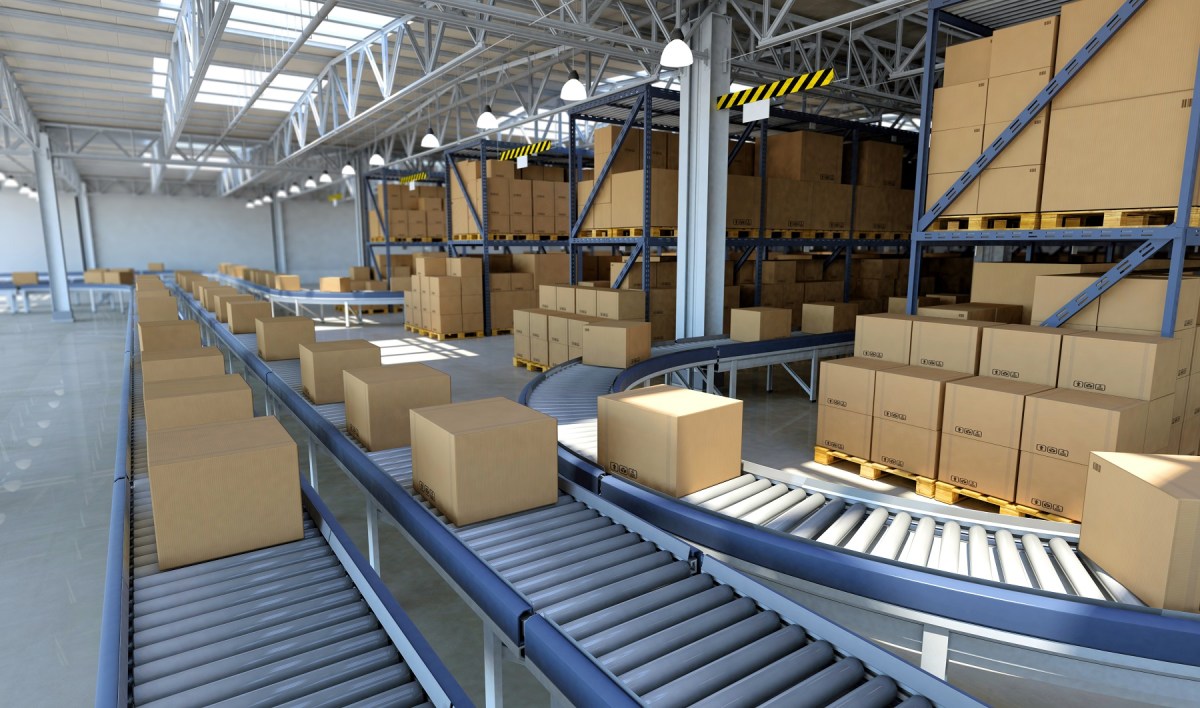Sustainable supply chains are locked in a war between the cost of implementing them, and the convenience demanded by consumers. And consumers are conflicted because although sustainability matters to buyers, when it comes at the cost of convenience, many consumers will disregard their eco-consciousness.
That’s despite the fact that a recent survey by parcel delivery service CouriersPlease found that 87 per cent of consumers are more likely to purchase products that are ethically and sustainably produced.
The same survey also found two in five Australian consumers are willing to pay more for ethical and sustainable products. So how do you, as a retailer, walk this tightrope between cost and convenience?
Retailers doing it right
Australian online retailer of ethical and vegan consumer and beauty products, Flora & Fauna, founded in 2014, is one company putting its money where its mouth is. As a retailer claiming eco-credentials, F&F moved to plastic-free shipping in 2016, a shift that has saved over 30 tonnes of plastic going into landfill.
The company also carbon-offsets all of its orders, operations and even team cars, something it began doing in 2019. The following year it began its “Take it Back” program, an industry-wide initiative to reduce plastic packaging used in shipping orders.
Fast fashion online retailer Asos has also undertaken significant steps to reduce waste in its supply chain. When a product is returned by a shopper, it’s shifted back to the UK for processing.
The garment is inspected for damage, and anything needing rectification is sent to an on-site tailor. It’s also pressed and steamed and processed by an ozone air scrubber for hygiene.
By taking these steps, 97 per cent of returned garments are resold, while the remaining three per cent are sent to partners for either recycling or reuse. The packaging is also 100 per cent recyclable and made from at least 85 per cent recycled materials.
What no one is disputing is that for manufacturers and retailers, taking these eco-steps is an expensive exercise, with no certainty of a return on investment. The best way forward is to take smaller, incremental steps towards sustainability, ones that the business can cope with and consumers will love.
Small changes lead to big benefits
Some of the smaller changes that business can make is to reduce waste by simplifying the supply chain processes.
It’s critical to ensure ethical sourcing transparency, so that supply chain managers have insight into how suppliers extract or produce raw materials, ensuring that they’re sustainable.
Fully using containers and shipping, making sure that they are full, also reduces cost and the amount of energy expended (and therefore CO2 generated per product), creating a further step towards sustainability. But it’s also worth considering that while full containers and shipping is optimal, this may mean both shipping and container movement is delayed.
Big data and digitalisation can also help in optimising loads, thereby reducing carbon footprint. It can also offer immediate benefits too. Allbirds is a good example of this. It measures the carbon footprint of each pair of footwear it produces and then offsets this.
While these are small steps, they still cost money and sustainable practices are a time and money sink which takes years to resonate.
This means that for any sustainable approach to be effective, supply chains need to balance cost with convenience. As we have seen, those supply chains take a long time and a lot of money to develop, and fickle consumers will often ditch sustainable practices when it becomes inconvenient.
This is where technology has a role to play. Gaining visibility through data and using tools such as demand planning can help ensure supply chains move towards an “asset-less state.” This asset-less state refers to creating a supply chain that’s as lean as possible. Analysing past performance will help optimise inventory so that you’re not carrying stock you don’t need and won’t necessarily be able to sell for a long time.
Artificial Intelligence (AI) and machine learning (ML) can also take your supply chains to the next level. From energy conservation in transit to quality control, technological innovation is a powerful tool to assist you navigate the complex relationship between sustainability for consumers and the overall cost to the business.
What’s important to remember is that a quick investment in sustainable supply chains won’t pay off overnight. So don’t be disappointed when things don’t change straight away. Just be confident that they will – and that consumers will (eventually) reward you for this eco-conscious behaviour.
Sustainability is a long-term project that needs care and balance, as well as constant attention to walk the line between cost and convenience. And to get there, technology has an important role to play in the journey.
Paul Soong is regional director for Australia and New Zealand at BluJay.

